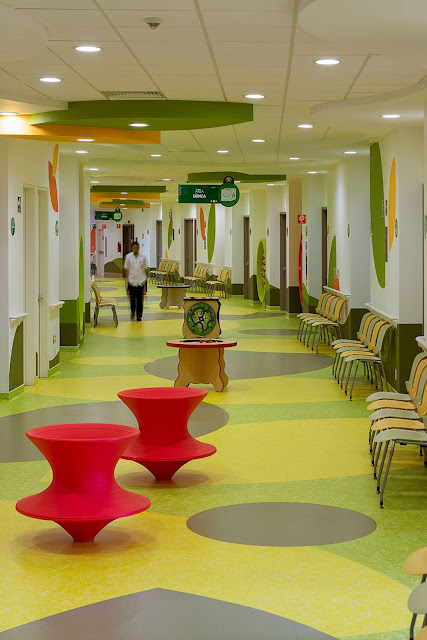About
Premium Sponsor
Popular Posts
-
We are all familiar with skyscrapers dominating the skylines of our cities. They present a beautiful cityscape with one of the most ama...
-
Obudu British Quarters. Photo Credit: Obudu Many have talked about the famous Obudu Cattle Ranch but not so many have visited the argu...
-
1 . The The Burj Al Arab is the world's only 7star hotel and it is the third tallest hotel in the world.
-
As the saying goes, time is money and time wasted cannot be recovered therefore, we human beings have to be on the move in order to mak...
-
Found this article on Stumble written by by Johnny Webber and I decided to share it with you guys. Below are the 15 amazing plac...
-
Technology has affected our everyday life, from the way we communicate to the way we travel, we use technology in virtually everything ...
-
An Amazing view of the Jumeirah Lake Tower, Dubai Photo Credit: Green Lands Int'l When it comes to properties, people say location...
-
Biomass consists of various wooden materials, plants waste, animal and human wastes too.
-
At least two climbers are dead and more than 100 stranded by an earthquake-triggered avalanche on Borneo's highest peak.
-
Photo Credit:Premium Times Got this report from Premium Times, read; The Environmental Rights Action/Friends of Earth Nigeria has ca...
























































